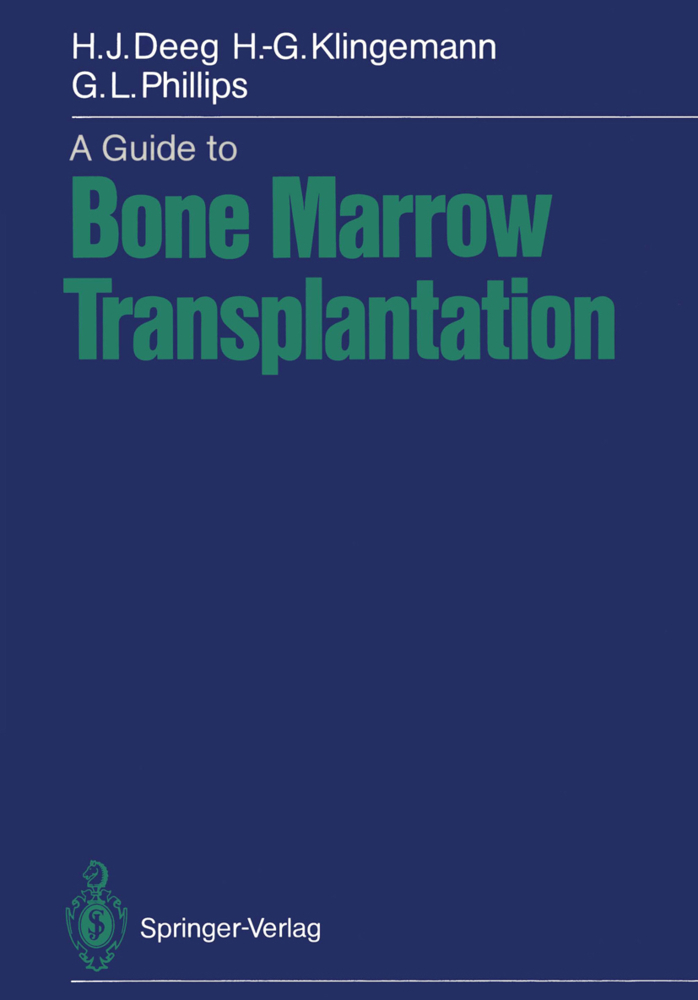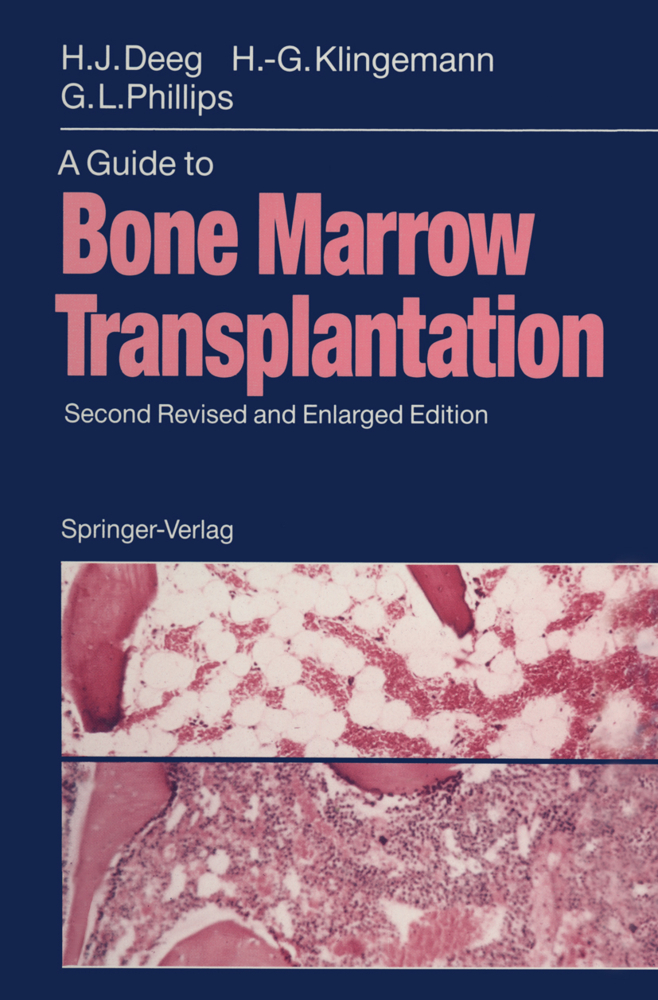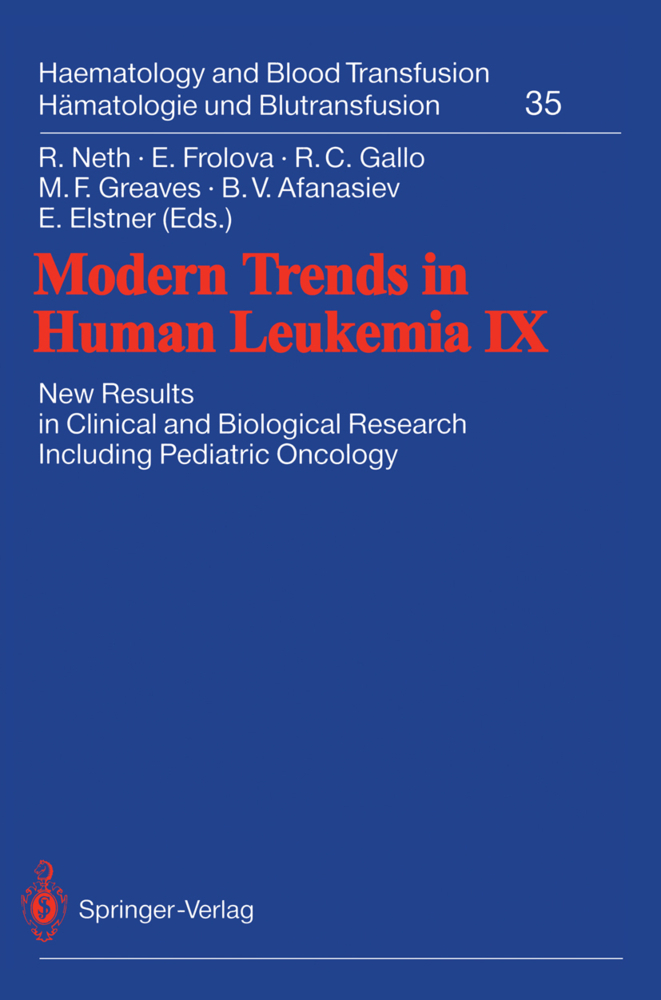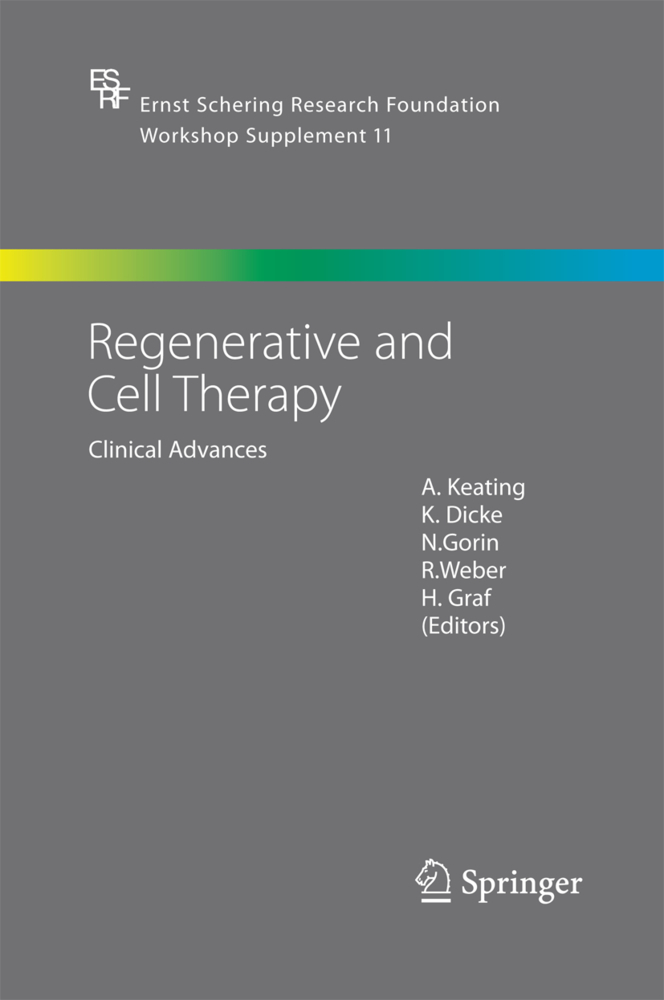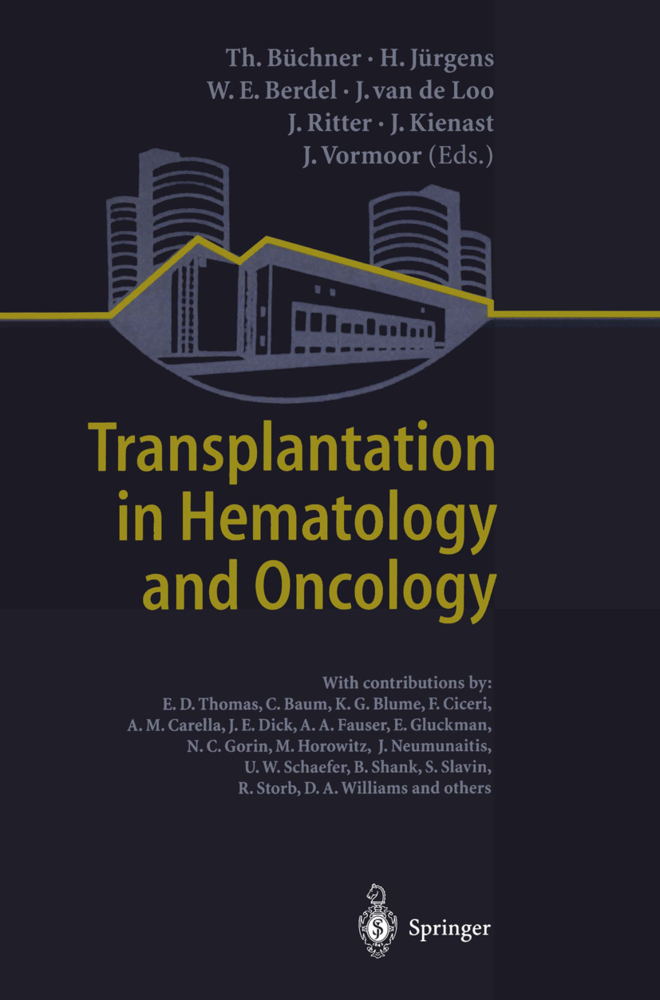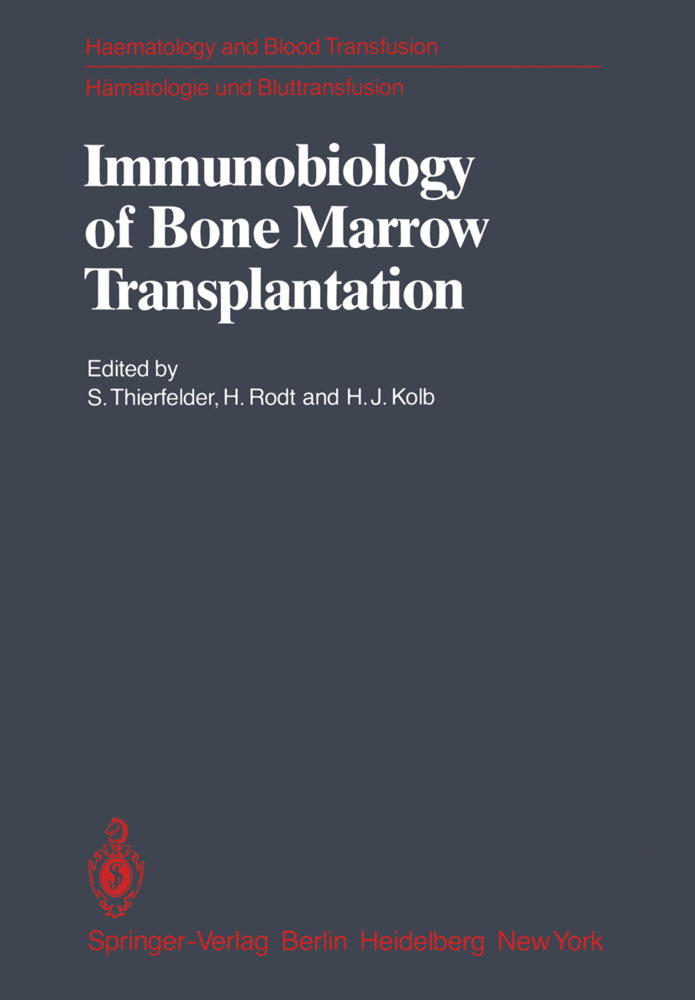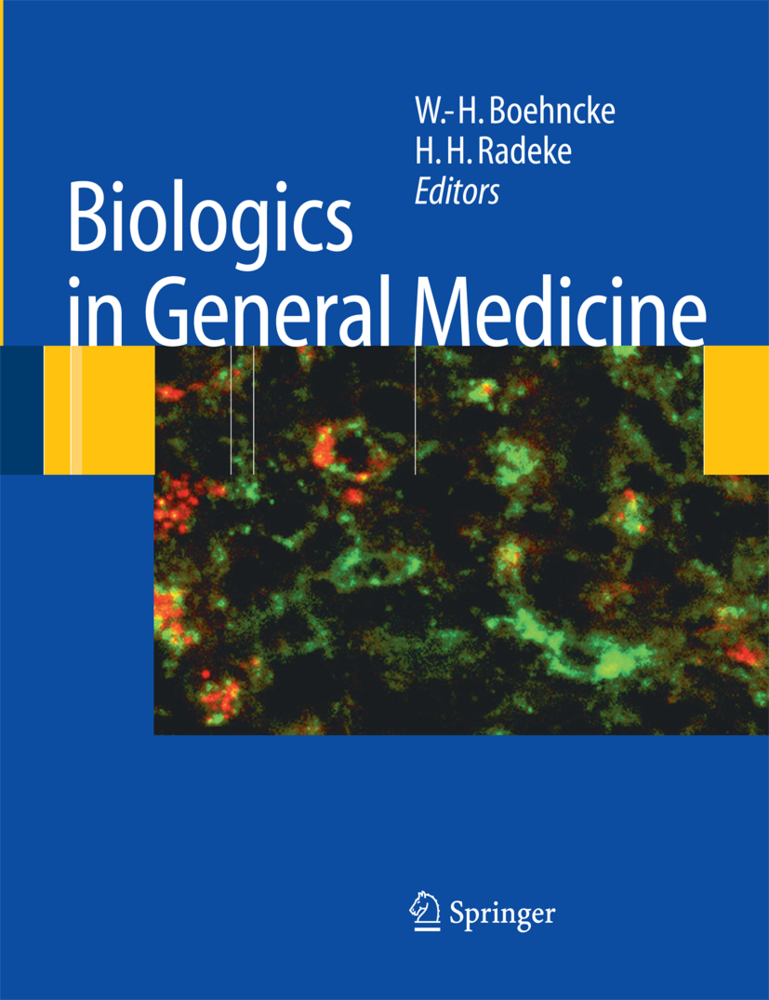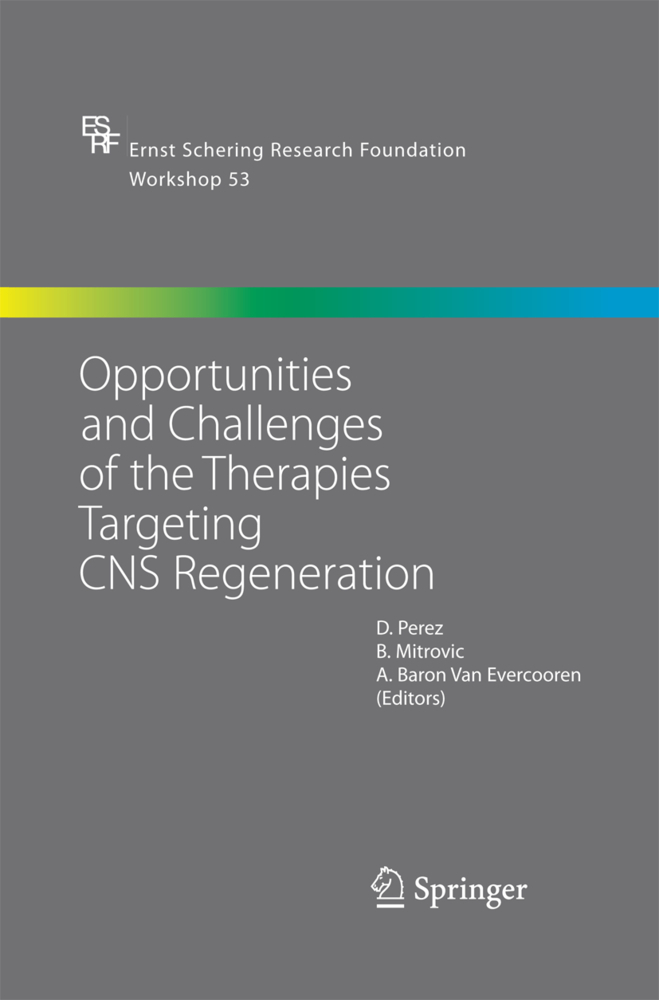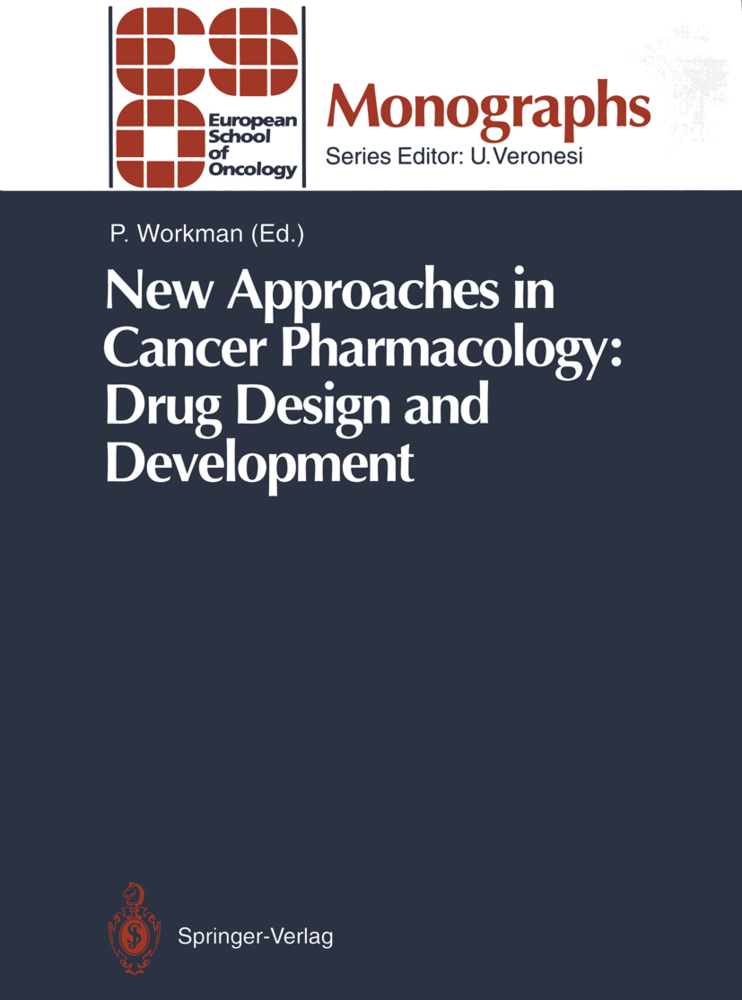A Guide to Bone Marrow Transplantation
A Guide to Bone Marrow Transplantation
In the late 1940s investigators observed that mice given supralethai doses of total body irradiation were protected by infusion of viable spleen or marrow cells following irradiation, and that this was accomplished by hemopoietic reconsti tution with donor cells as proven using genetic markers. If a similar approach could be applied to humans, it should be possible to treat leukemia patients with any dose of chemoradiotherapy as far as nonmarrow toxicity permitted, and then rescue them by marrow transplantation. Early clinical attempts were gen erally unsuccessful, mostly due to a lack of knowledge of histocompatibility antigens and appropriate supportive care. These areas developed rather quickly during the 1960s, and for almost two decades now clinical marrow transplan tation has been carried out with increasing success. After initially using only bone marrow from HLA indentical siblings, the field has expanded rapidly to incorporate HLA nonidentical related donors, and recently even marrow from unrelated volunteer donors. Furthermore, since for numerous patients who oth erwise could benefit from transplantation a donor cannot be identified, there has been a growing interest in using the patient's own (autologous) bone marrow. Our understanding of the principles of transplantation and our knowledge of the potential risks and benefits have quickly grown. At times it is difficult, however, to decide what is the best option for a given patient.
II. Pre-transplant Considerations
1. How Should Marrow Transplantation be Approached?
2. When Should Marrow Transplantation be Considered?
3. Preparation for Marrow Transplantation
4. Who Pays?
III. Transplant Procedure
1. Donor Selection
2. Conditioning Regimens
3. Collection, Processing and Infusion of Marrow
IV. Acute Transplant Related Problems
1. Side Effects of Conditioning
2. Acute Graft-versus-Host Disease
3. Marrow Graft Failure
4. The Management of Infections
5. Interstitial Pneumonitis
6. Hepatic Dysfunction
7. Urinary Tract
8. Central Nervous System
V. Delayed Transplant Related Problems
1. Follow-up after Discharge from the Transplant Center
2. Chronic Graft-Versus-Host Disease
3. Pulmonary Problems
4. Endocrine Function, Growth, and Development
5. Ocular Problems
6. Secondary Malignancies
7. Long-Term Adjustments
VI. Future Developments
VI. Future Developments
VII. Glossary.
I. Introduction
I. IntroductionII. Pre-transplant Considerations
1. How Should Marrow Transplantation be Approached?
2. When Should Marrow Transplantation be Considered?
3. Preparation for Marrow Transplantation
4. Who Pays?
III. Transplant Procedure
1. Donor Selection
2. Conditioning Regimens
3. Collection, Processing and Infusion of Marrow
IV. Acute Transplant Related Problems
1. Side Effects of Conditioning
2. Acute Graft-versus-Host Disease
3. Marrow Graft Failure
4. The Management of Infections
5. Interstitial Pneumonitis
6. Hepatic Dysfunction
7. Urinary Tract
8. Central Nervous System
V. Delayed Transplant Related Problems
1. Follow-up after Discharge from the Transplant Center
2. Chronic Graft-Versus-Host Disease
3. Pulmonary Problems
4. Endocrine Function, Growth, and Development
5. Ocular Problems
6. Secondary Malignancies
7. Long-Term Adjustments
VI. Future Developments
VI. Future Developments
VII. Glossary.
Deeg, Hans-Joachim
Klingemann, Hans-Georg
Phillips, Gordon L.
| ISBN | 978-3-642-97079-5 |
|---|---|
| Artikelnummer | 9783642970795 |
| Medientyp | Buch |
| Auflage | Softcover reprint of the original 1st ed. 1988 |
| Copyrightjahr | 2012 |
| Verlag | Springer, Berlin |
| Umfang | VIII, 192 Seiten |
| Abbildungen | VIII, 192 p. |
| Sprache | Englisch |

